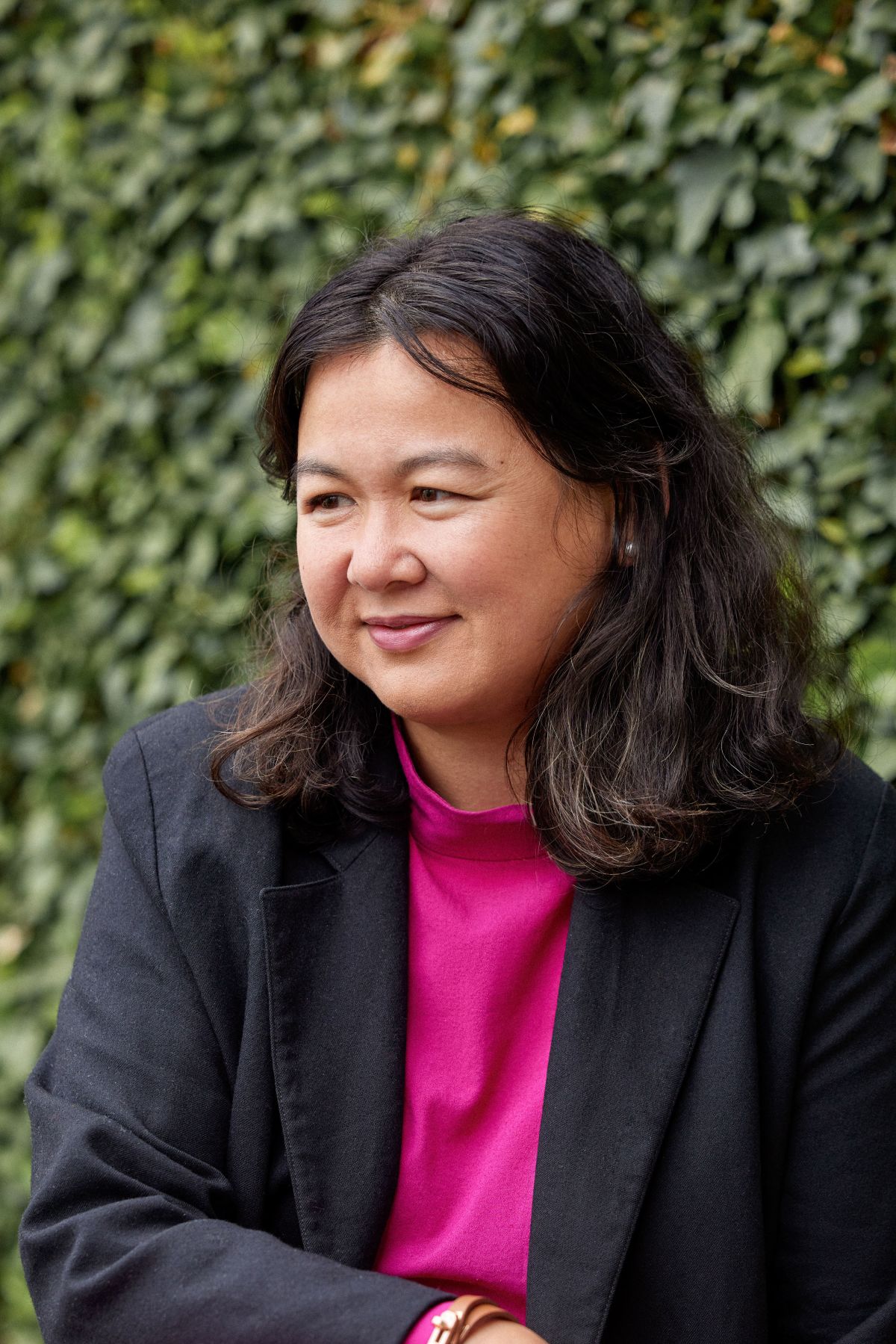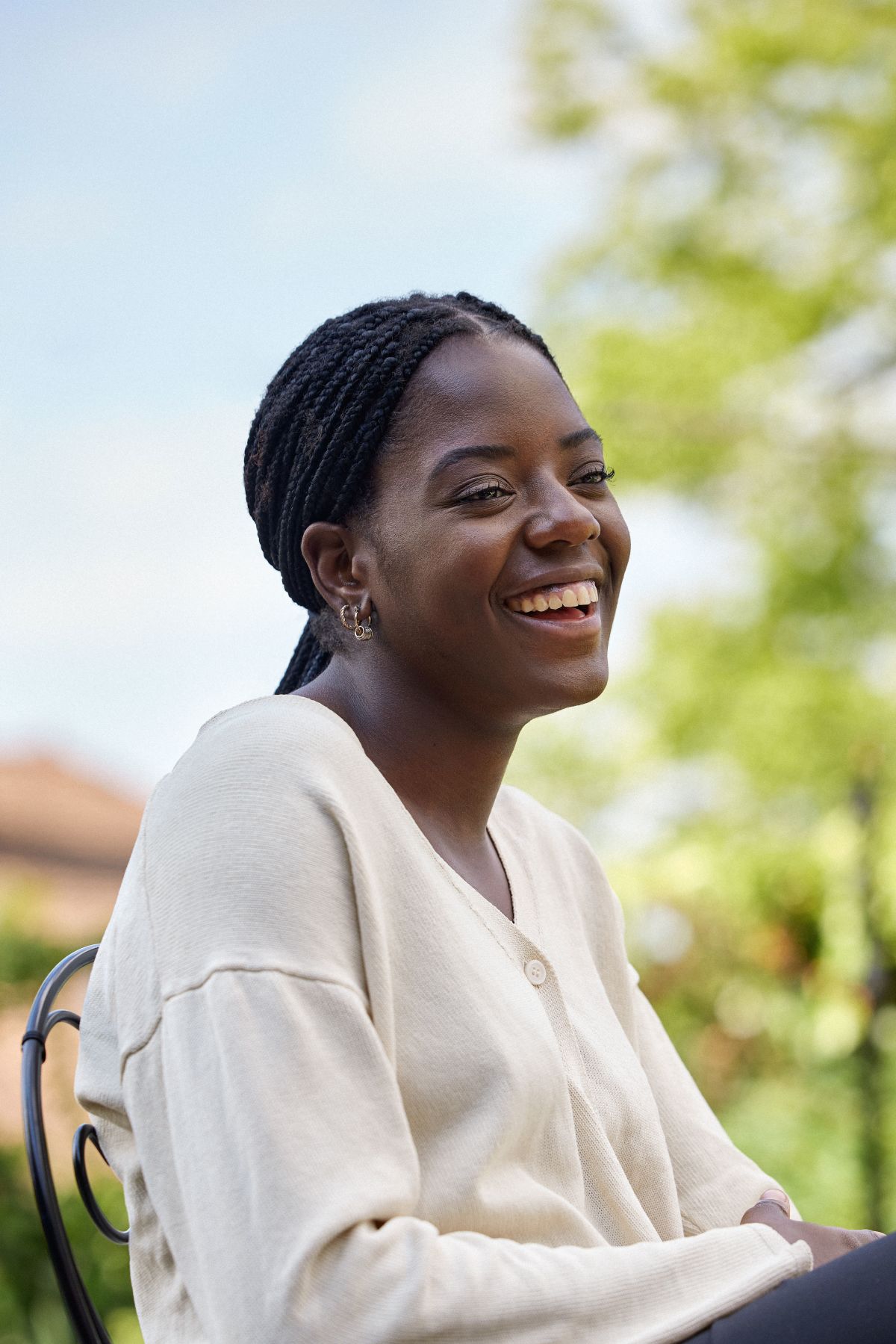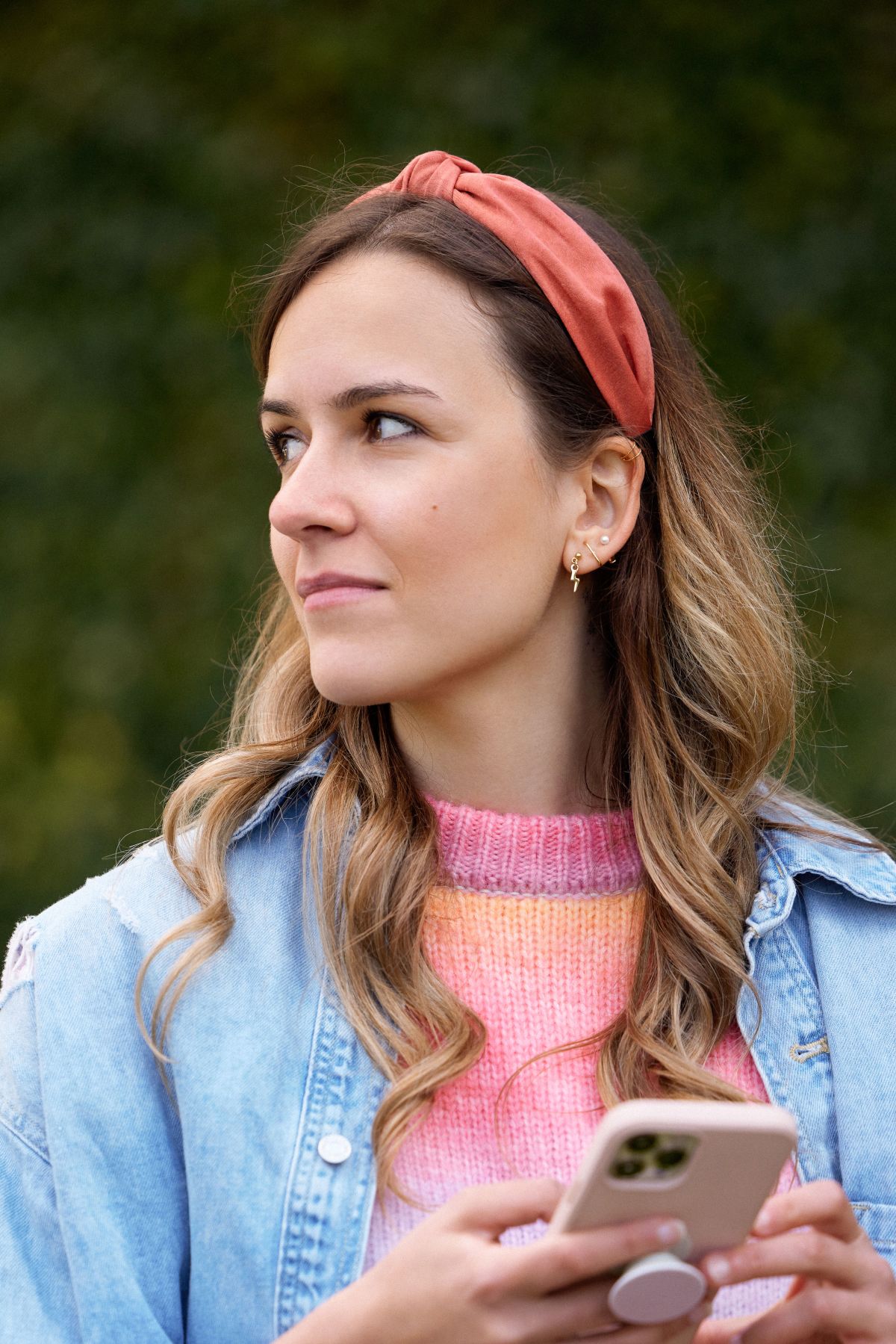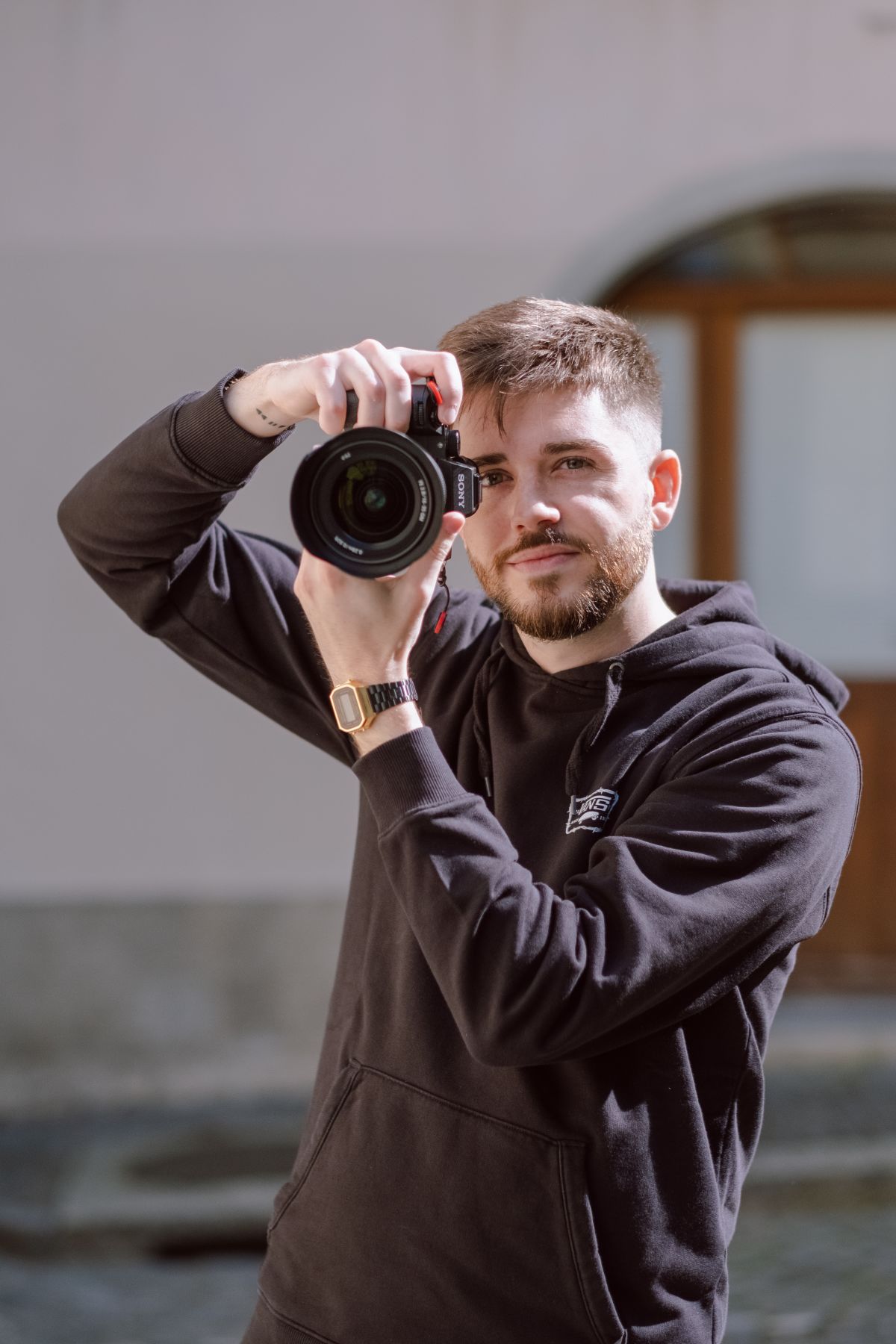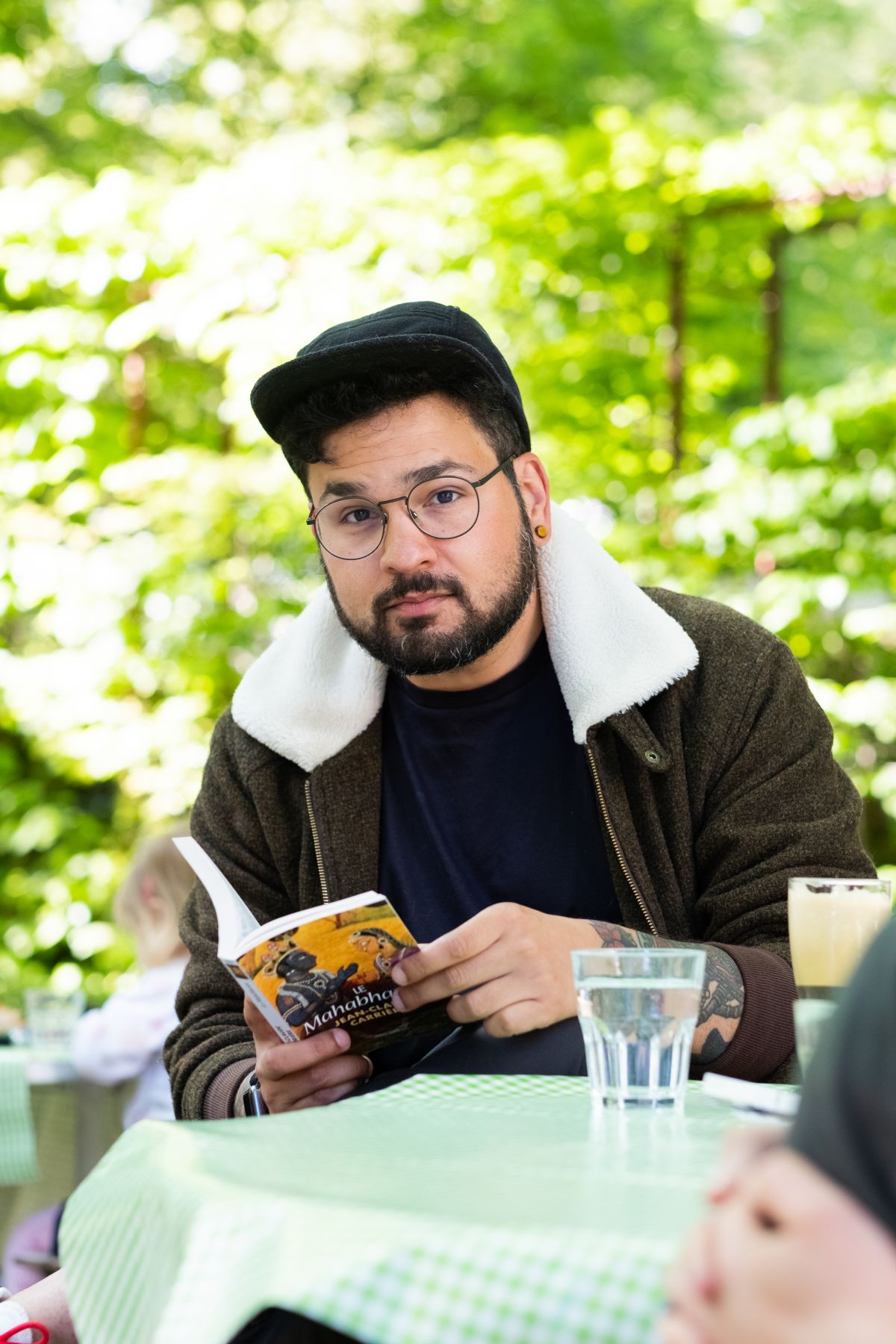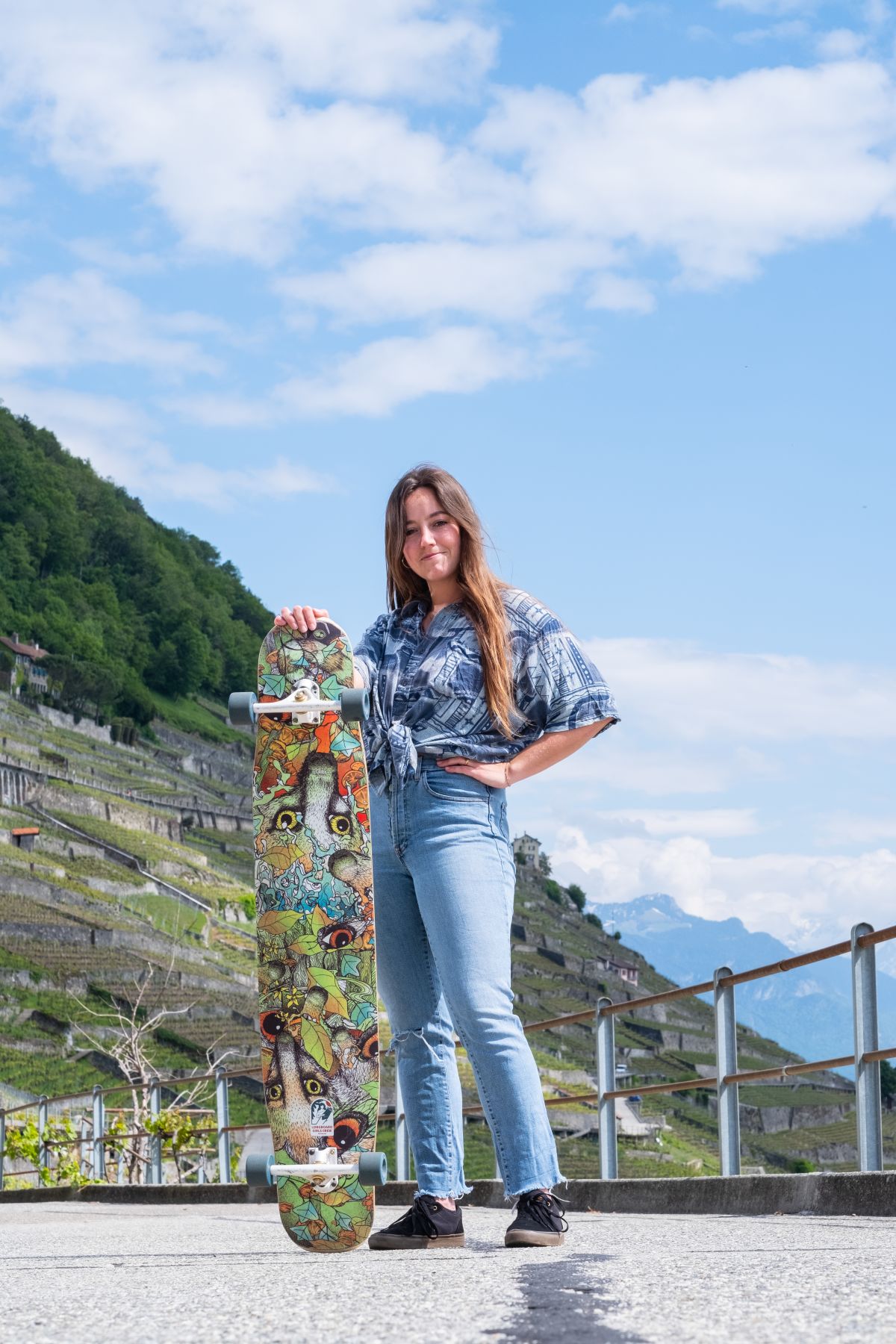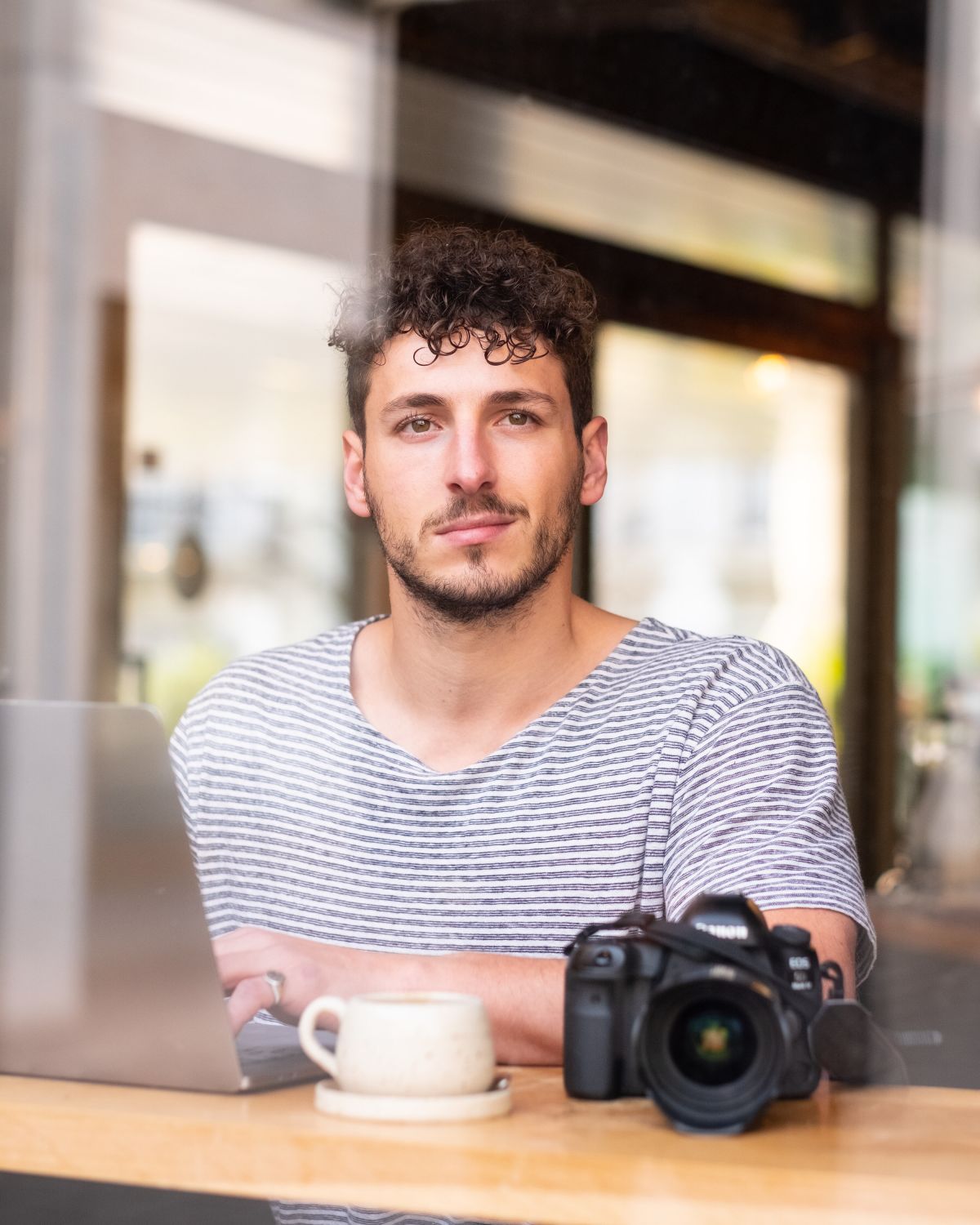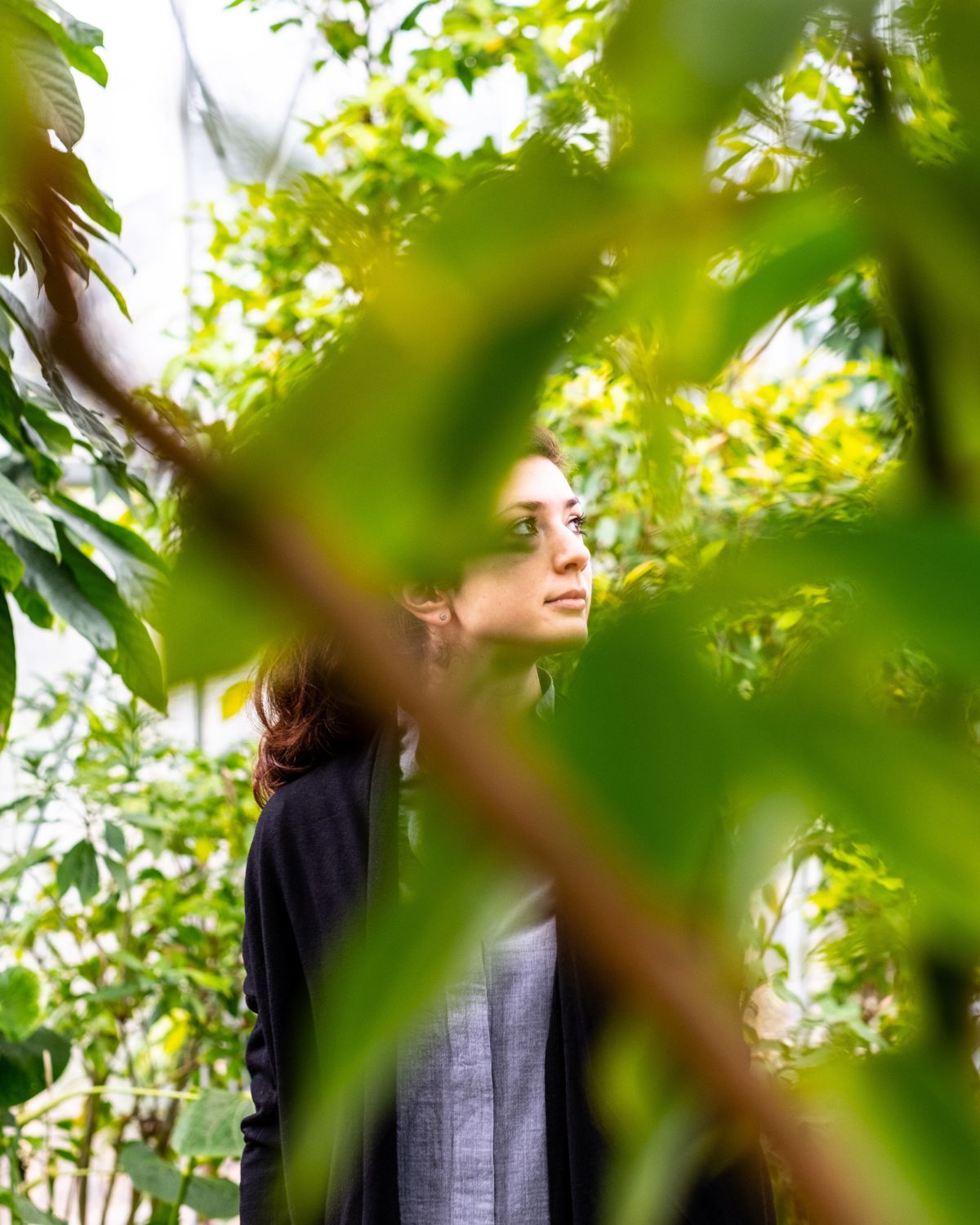When we think of Swiss food, cheese and chocolate usually spring to mind. But what local food is actually enjoyed in Lausanne? Which typical dishes should you absolutely taste during your stay?
We’ve put on our detective caps and have conducted a thorough investigation for you! Our mission: to unearth THE dish to be savoured when you’re stopping off in the Olympic Capital.
“Papet”, with a lovely cabbage sausage
Admittedly, it’s more a Vaud speciality than a Lausanne one. Still, as Lausanne is the canton’s main town, papet is typical of the region. This winter dish is usually eaten from September to April. Papet Vaudois is also the ideal meal to tank up some energy after tackling the town’s steep streets. The recipe is very simple: potatoes, leeks, a splash of white wine, cream and a cabbage sausage.
The killer anecdote: we don’t really know how nor when the cabbage sausage was invented. On the other hand, we do know why: when meat was in short supply, cabbage was added to the mix to make the stuffing go further.
Where to savour it? At the Café du Grütli, Rue Mercerie 4


Perch fillets
One of Lausanne’s assets is its location, between countryside and lake, providing plenty of scrumptious produce. Many species of fish swim in the waters of Lake Geneva, amongst which perch. And their fillets are a true delicacy. In many restaurants, they will be offered “meunière” fashion, a typically Lausanner recipe. Louis Rappaz invented it in 1933, in a café-restaurant bearing his name in Ouchy. We most certainly have here our most Lausanner dish.
The detail that makes all the difference: we haven’t found a recipe that mentions this stage, but according to the Rappaz family, you need to dip the fillets in beer for a few seconds before covering them in flour. It makes them lighter.
Where to savour them? At the Vieil Ouchy, Place du Port 3


The “carac”
Now this is quite a mystery. Where does the carac come from? And why that colour that makes it so tempting? We have to admit we don’t really know. The fact remains that this green-iced patisserie is delicious. We have stopped Lausanners on the street to ask them about the origins of the carac, with no success. So to cheer ourselves up, we ate one! The only thing we discovered was that they can be found almost only in French-speaking Switzerland, and that the name seems to come from the higher quality cacao that used to be imported from Caracas.
This pastry is not to be confused with the group of comedians from French-speaking Switzerland that has chosen the name Carac Attak. Their videos won’t add inches to your middle, but rather give your abs a workout. To be savoured without moderation!
Where to buy it? At the Maison Buet, Rue Grand-Saint-Jean 6


The chocolate “pavé”
As a tribute to the many cobblestones that pave a number of the streets in the town centre, a Lausanne confectioner decided to create a special chocolate delicacy: Tony’s Pavé, a chocolate cobblestone. This square genoise sponge with kirsch is coated in hazelnut cream and a layer of chocolate.


Local products
At the market – Wednesday and Saturday mornings – and in the boutiques that sell regional products, you’ll be spoilt for choice, what with cheeses, charcuterie, wines, meats, beers, fish and desserts! Whether you prefer sweet or savoury, you’ll find food to satisfy your taste buds during your stay in Lausanne. Now all you need to is to find a bench in town or a park to savour these delicacies!

Where to go: Stroll round the market stalls at Place de Riponne. Head to the Ferme Vaudoise at Place de la Palud. Push the door of the Paradis du Fromage at Rue du Simplon.
However, Lausanne – and this is also what makes it so charming – is a multicultural city. You’ll find restaurants serving food from all around Europe and the globe.
At the end of the day, is the Lausanne dish not simply the one that we enjoy in Lausanne?

















